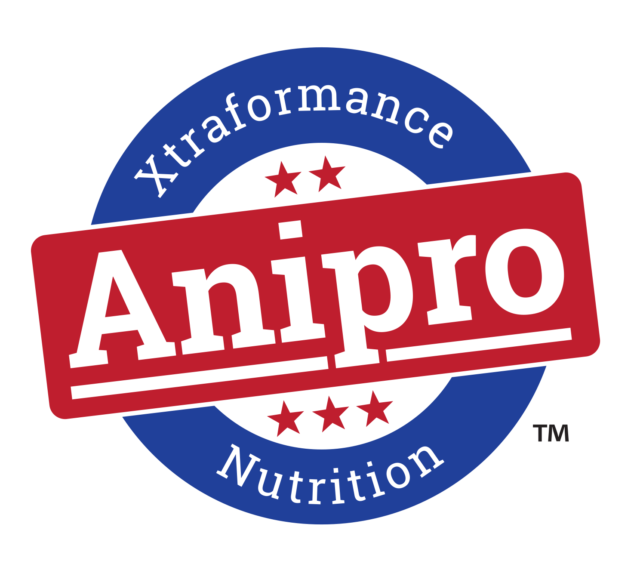After receiving the encouragement to be more careful, it is generally back to business as usual.
Accidents always happen to someone else, or so we think.
How many times have you had the skin scraped off your knuckles? Surprise – an accident has just happened. Could it have been worse? You bet.
As beef producers, the danger comes not only from the animals but the equipment used to support the beef operation. Let’s look at just a few of the areas where we need to be more careful.
Let’s start with the animals. Any time animals are approached, there is danger. A cow with a new calf is dangerous. She was calm with her last calf, but will she be calm with this one?
When working cattle, always be sure to have a good, functional handling facility available. Always position yourself where animals will not run over you, kick you or otherwise cause injury.
Be careful when filling syringes and giving injections. Do not accidently inject yourself.
Be extra careful when applying pour on, dewormers and lice control products. Dispose of all medical wastes properly.
Focus for a moment on the bull, the most dangerous animal on the farm. Do not trust him under any circumstances.
Don’t fall into the trap of saying “He has never caused a problem, so he is safe.” Many things can trigger a bull to react adversely; always have an escape route.
Now think about hauling animals. Forcing an animal into an unfamiliar trailer may cause a negative response.

Use low-stress handling techniques to keep you out of harm’s way while making the loading process easier.
Load only the number of animals the trailer is designed to haul.
Overloading or even underloading can cause animals to fall down in the trailer.
Trying to assist an animal that has fallen is very dangerous.
Don’t forget about all the equipment being used on the farm. Tractors overturn relatively easily. Hauling hay on the front or back of the tractor changes the center of gravity and thus increases the possibility of turning over.
Be sure all shields are in good repair and in place. An unprotected PTO shaft is an accident waiting to happen. Always stop equipment before working on it; moving parts provide an excellent place for fingers to be caught.
While making adjustments or repairs, be sure to use the proper tools. Do you have a fire extinguisher mounted on the equipment where it is easily accessible?
Do you have one in the truck also? Fires do not occur very often, but they do happen.
Another area of concern is working around gasoline, lubricants and other flammable liquids. Smoking around these products is extremely dangerous.
Welders and heaters provide a place where fires can start. Don’t forget that there is a fire hazard when hay is present. Not only are flames from an external source a problem, but hay that was baled too wet can cause a fire from internal combustion. Remember that a hot exhaust can ignite hay.
I hope you realize the risks you face each day. Should you get out of the cattle business and stop farming? Absolutely not.
The intent of this article is to help you work safely. Accidents, even very minor ones, are a part of farming. Please do not think that all of this is “fine and dandy” and that accidents always happen to someone else.
Reduce the odds that you will be one of the beef producers that have an accident in the future. ![]()
PHOTOS
TOP: Use caution with syringes so that you do not accidentally inject yourself or a coworker.
BOTTOM: The potential of a ranch work injury comes not only from the animals, but the equipment used to support the beef operation. Photos courtesy of Progressive Cattleman staff.






